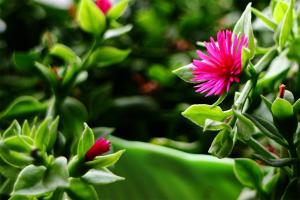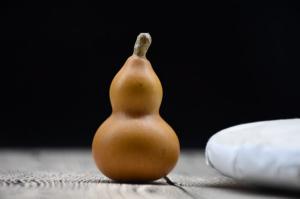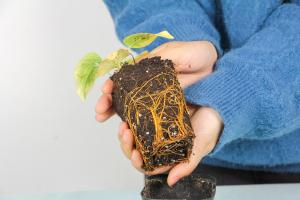Introduction
As people become more and more interested in gardening, the use of self-watering planters has become increasingly popular. These planters are designed to provide a consistent water supply to plants, making it easier for gardeners to maintain their crops. In this article, we will discuss the benefits of using self-watering planters and how they can be used to help you grow healthy and vibrant plants.
The Benefits of Self-Watering Planters
Self-watering planters offer many benefits to gardeners. First, they allow plants to receive a consistent supply of water, which is essential for healthy growth. This is especially important for plants that require a lot of water, such as tomatoes or cucumbers. Second, self-watering planters can save gardeners time, as they do not have to water their plants as frequently. Finally, self-watering planters can help prevent overwatering and root rot, which can be a problem in traditional planters.
How to Use Self-Watering Planters
Using self-watering planters is easy. First, fill the bottom of the planter with water. Then, insert a wick or a drainage system that will allow the water to reach the plant's roots. Next, add soil and any additional nutrients that the plant may need. Finally, add the plant and ensure that it is securely planted in the soil. Once the plant is in place, it will absorb water as needed from the reservoir at the bottom of the planter.
Choosing the Right Self-Watering Planter
When selecting a self-watering planter, there are several factors to consider. First, you will want to choose a planter that is an appropriate size for your plant. Make sure that the planter is large enough to accommodate the plant's root system. Second, you will want to select a planter that is made from a durable material, such as plastic or ceramic. Finally, consider the color and style of the planter, as it should complement the décor of your home or garden.
Tips for Maintaining Self-Watering Planters
To ensure that your self-watering planter continues to function properly, there are a few maintenance tips to keep in mind. First, be sure to regularly check the water level in the reservoir at the bottom of the planter. This will ensure that your plants are receiving an adequate supply of water. Second, inspect the wick or drainage system to make sure that it is functioning properly. Finally, periodically clean the planter to prevent any buildup of algae or other materials.
Conclusion
Self-watering planters are an excellent way to make gardening easier and more efficient. By providing a consistent water supply to your plants, you can save time and ensure that your crops remain healthy and vibrant. With just a few simple steps, you can set up a self-watering planter and start growing your own fresh produce today.

 how many times do yo...
how many times do yo... how many planted tre...
how many planted tre... how many pine trees ...
how many pine trees ... how many pecan trees...
how many pecan trees... how many plants comp...
how many plants comp... how many plants can ...
how many plants can ... how many plants and ...
how many plants and ... how many pepper plan...
how many pepper plan...
































